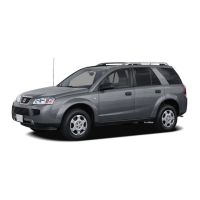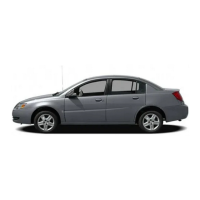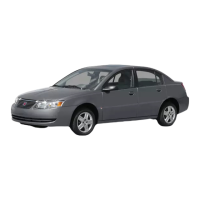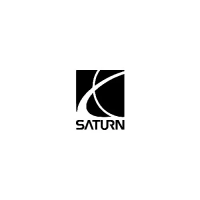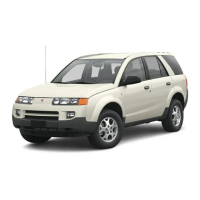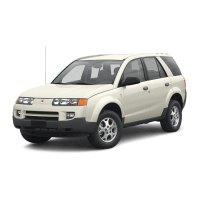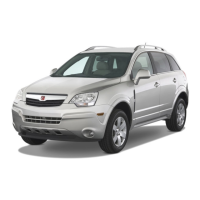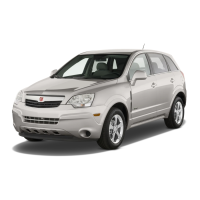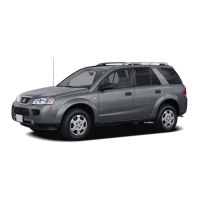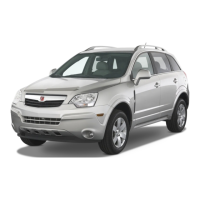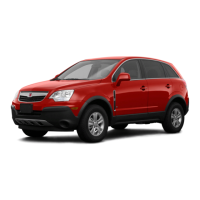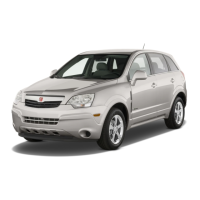Power Windows
The window switches
are located on each
side of the shift lever
on the center console.
To lower a window, press the switch down. To raise
a window, pull the switch up.
The power windows operate when the ignition is in
RUN or ACC.
A window switch is also located on each rear door.
Press the bottom of the switch to lower the window.
Press the top of the switch to raise the window.
Express-Down Window
The driver’s window switch has an express-down
feature that is labeled AUTO. This allows the driver’s
window to open fully without having to continuously
press the switch. Press the switch to the second position
and the driver’s window will go all the way down.
To stop the window from lowering, lift the switch all the
way up and release it.
Window Lockout
The driver’s window switches also include a lockout
switch. Press the left side of the switch to prevent rear
passengers from using their window switches. The
driver can still control all the windows with the lockout
on. Press the right side of the window lockout switch
to return to normal window operation.
Sun Visors
To block out glare swing the visors down or to the
side. The driver’s sun visor can be detached from the
center mount and slid along the rod to block different
areas of the front window.
Visor Vanity Mirrors
Your vehicle has covered visor vanity mirrors.
2-13
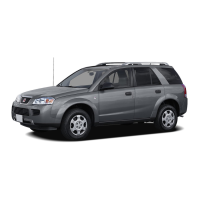
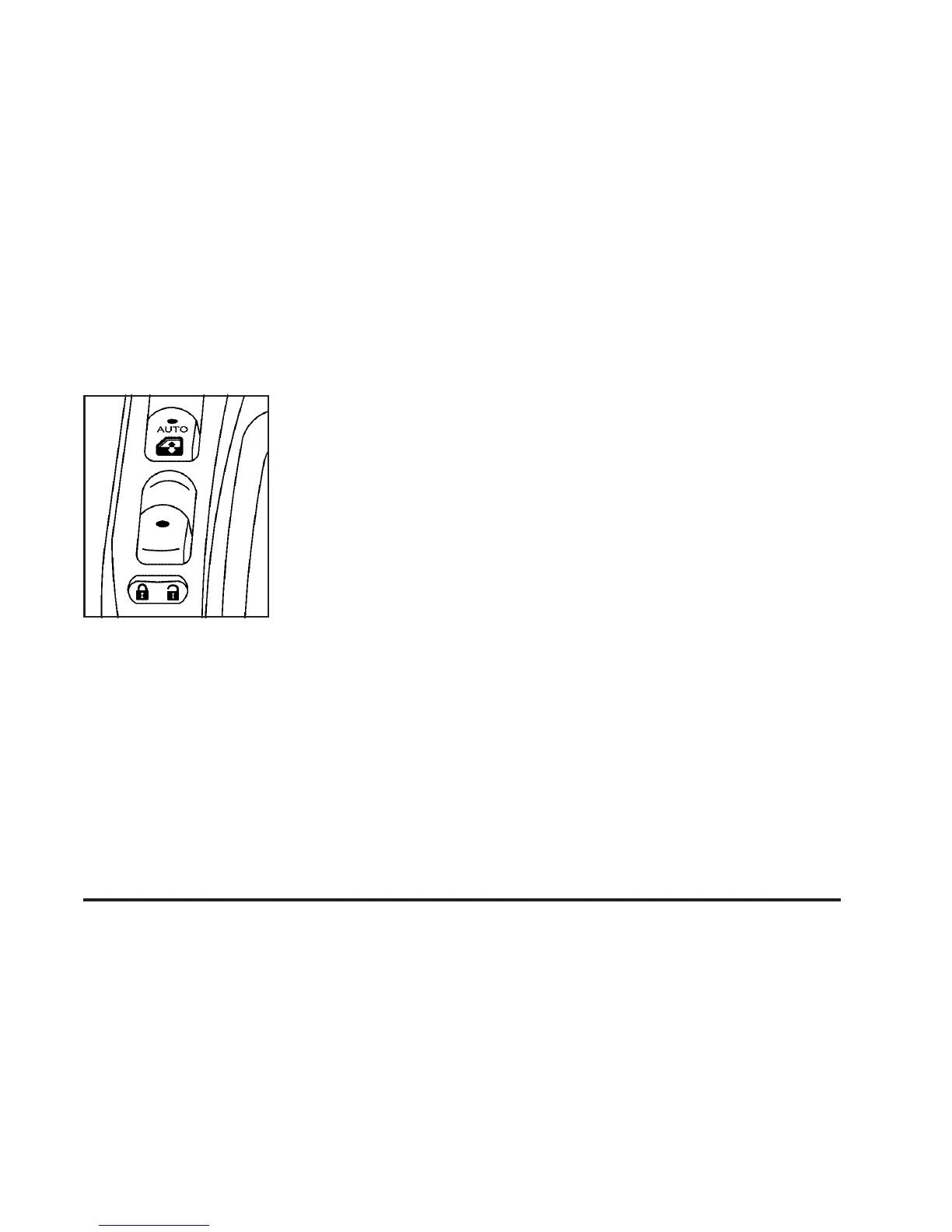